Interview with Dominic Nahr: "I am very close with my heart"
In the exhibition "Resources and Consequences" Dominic Nahr shows pictures from various crisis areas in Africa. Born in Heiden (AR) and raised in Hong Kong, the reportage photographer lived in Kenya for nine years. In the interview he talks about the idea behind the exhibition, the proximity to the people photographed and why he likes coming to Münsingen.
Your exhibition at Photo Münsingen is about the struggle for resources and the consequences of it. What's the idea?
For the past ten years I've photographed stories in Africa about resources: oil, gold, cassiterite, pasture, or water and fishing. I thought that for the outdoor exhibition, where you go from picture to picture, a compilation of pictures from different countries fits. Each picture contains a mini-story about this struggle for resources and the consequences of it. Especially in Switzerland, where the water is so pure, the topic fits. You can drink water anywhere. That is the first thing I noticed in Switzerland.
Have you specifically photographed conflicts over resources in Africa?
Many war zones are about resources. Congo, for example, that was my first assignment on this continent. The war is clearly taking place between different groups - government or militias - that are in control of the natural resources. So you are automatically on this topic. Or in the north of Kenya, where there are constant conflicts over pastureland.
How do you choose the places to visit?
Most of the time I go to a place because a story is developing there. With many of these stories you have to be very quick so that you are the first to be there and take the pictures. But it's different every time. Sometimes I have to travel very far to take a picture. Sometimes I get there quickly. And sometimes I have to wait five days to get access.
That means you hear something or get an order and drive off ...
Both. Often I just left. Logistics is a big part of my reporting work. Taking the picture is only a very small part of my job. First of all, I have to research the story, even know what is going on. Have contacts who can give me the latest information. Then travel there - how do I get there? Are there roads or do you have to go there by helicopter? Can the plane land even though it is the rainy season? It's always a little different. In Somalia, for example, I had fifteen bodyguards so I wouldn't get kidnapped. In other places you only have one person with you so that you are as little conspicuous as possible.
What camera equipment do you use?
I've been working with small cameras for a number of years, especially the Leica M series viewfinder cameras. Traveling with these cameras is much less noticeable and allows me to disappear better - I appear less threatening. I like to work with the viewfinder and manual focus, so I'm more in the scene. I have to think twice, constantly adjusting the focus - being aware of my surroundings and being completely immersed in them.
Your pictures seem very respectful. How do you do that?
I think after so many years in Africa I have an understanding of what pictures I can take to tell the stories with respect. The colors and compositions should not only make the pictures of Africa look terrible. Even if many things are terrible, they should also show Africa's inner strength. That's why I stayed. Because I fell in love with the countries of East Africa, with the soil, the kitchen, the people, this energy. Living in Kenya was one of the most important factors in being close to the stories of East Africa and the entire continent.
How do you manage to get close and respectful to people?
If you are open with people, then they are open too. I think it's a partnership. You are vulnerable yourself and people notice that and open up. But the compositions and the light are also important to me, so that it harmonizes in the picture. And a little distance is also good, physically I mean, not with the heart. I am very close with my heart. Robert Capa said yes: "If your pictures aren't good enough, you're not close enough". I think it has to do with the heart too.
When do you put the camera down?
I often put the camera down when it got too much. You realize who can continue and who needs a break. But I always stay as long as I can. When you are with people, you can also wait and see what happens. It's not about just taking a picture and then being satisfied. For example, I stay with a family into the night, if possible until everyone is asleep. Of course, I also put the camera down when I can do something and no one else is there to help.
Does that also mean getting to know each other?
Yes, by being open to people. I show myself as I am and hope that you do the same. As soon as that happens, I try to take a step back so that life can go on as if I were not there.
So you don't talk to people, you just watch ...
I communicate a lot with body language and with my eyes. I also watch how people talk. I often don't understand the language, but I often understand what they mean.
How did you learn to work as a reportage photographer?
I grew up in Hong Kong and quickly became a newspaper photographer there. Small reports, portraits ... I was always on the move, had a few jobs a day. This is good training for working for a newspaper. You are very busy, you learn to react quickly, think quickly, and quickly send out the pictures. The other is simple: I was interested, was curious.
Are you doing this work for yourself?
Yes, in any case. I never had to do that, I wanted to. But the motivation is also that you are at the front of the story, coming very close to reality. When you are in a war zone, you photograph how history is written. When you are the only photographer on site and take the pictures that will represent a certain event in fifty years, that's exciting. I often just thought I was shooting for history, not now. But that has changed in the last couple of years.
Do you know the moment you take a picture that it will be a great picture?
I know when I'm taking good pictures and when things aren't going so well. If it works properly, I won't even notice that I'm holding a camera in my hand. I'm so focused, you could hand me any camera. Everything is on autopilot: composition, exposure, focus ... everything works. I look through the camera. I've seen this a couple of times. I also don't like looking at the display. Maybe at the beginning of the day to see if I can still do it.
Back to Photo Münsingen: What attracts you to exhibit here?
I used to work with many magazines. And I always thought that worked. People will look at these pictures and somehow something will happen. But that didn't always happen: I told people things they already knew... Coming to Switzerland also has to do with the fact that I no longer want to think globally about the audience but closer to the people. I want to reach more people who wouldn't necessarily see these stories otherwise. And I noticed that the Swiss are very interested in these stories and these pictures. Photo Münsingen is a suitable size and I think there is interest in Photo Münsingen in particular, where there are so many photographers.
What advice would you give to photographers who would like to learn how to photograph reportages in your way?
The most important thing is to be interested in a subject and story, not just being a photographer. If I were not a photographer, I would probably choose film or some other form of communication. Training is important to take photos as much as possible, make mistakes, try things out. And also study historical and contemporary photographers. For me it meant going to libraries and looking at photo books, getting to know different styles and compositions, and seeing how sequences work to tell a story in pictures.
Interview: Tobias Kühn
To the exhibition by Dominic Nahr ...
Dominic Nahr in the Photo Arena ...
Dominic Nahr's lecture ...

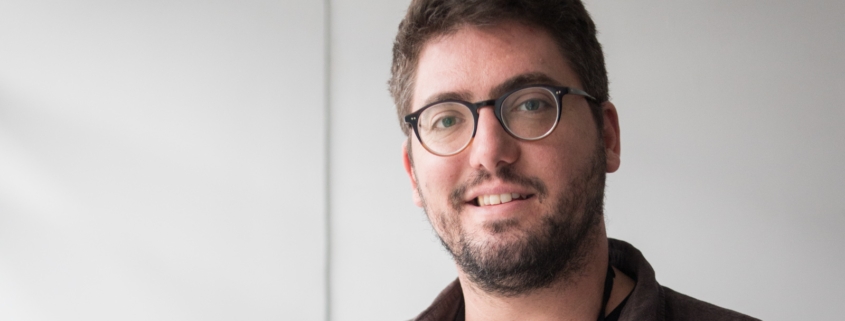
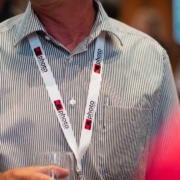
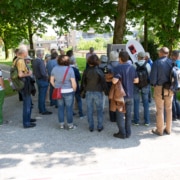
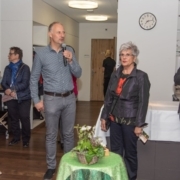
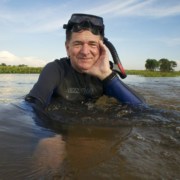
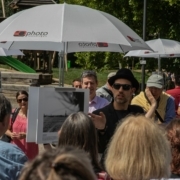
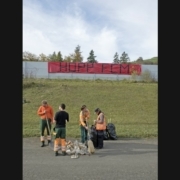


Leave a comment
Participate in the discussion?Leave us your comment!